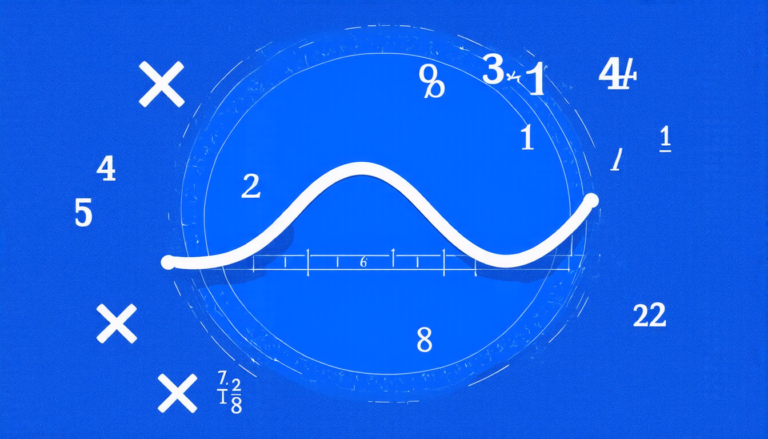Wednesday 30 April 2025
A mysterious equation has been unravelled, revealing a hidden structure that underlies the behaviour of prime numbers. This breakthrough could have significant implications for our understanding of number theory and its applications in cryptography.
The equation in question is a simple one: φ(n) + φ(n+φ(n)) = n, where φ is Euler’s totient function, which counts the positive integers less than or equal to n that are relatively prime to n. It may seem straightforward, but solving this equation has proven to be a daunting task.
Researchers have been studying the properties of prime numbers for centuries, and yet many of their secrets remain hidden. Prime numbers are the building blocks of all other numbers, and understanding how they behave is crucial for developing secure encryption methods. However, despite significant advances in recent years, there are still many open questions in number theory that remain unanswered.
The solution to this equation has been found by using a combination of mathematical techniques, including modular forms and elliptic curves. The key insight was to recognize that the equation is equivalent to a Diophantine equation, which can be solved using these advanced tools.
One of the most surprising aspects of the solution is its connection to prime numbers. It turns out that the solutions to this equation are intimately linked to the distribution of prime numbers. In particular, the researchers have shown that certain prime numbers are related to specific solutions of the equation.
This breakthrough could have significant implications for cryptography. By understanding how prime numbers behave, cryptographers can develop more secure encryption methods. This is particularly important in today’s digital age, where online security is a major concern.
The discovery also sheds new light on the mysterious properties of prime numbers. Prime numbers are notoriously difficult to predict, and yet they seem to follow certain patterns. The solution to this equation provides further evidence that these patterns are not just coincidental, but rather reflect deeper underlying structures in number theory.
In addition to its implications for cryptography, the solution to this equation could also have applications in other areas of mathematics. For example, it may shed new light on the properties of elliptic curves, which are used in many areas of mathematics and physics.
Overall, the solution to this equation is a significant achievement that highlights the power of mathematical technique. It demonstrates that even seemingly simple equations can hide complex and beautiful structures, waiting to be uncovered by mathematicians.
Cite this article: “Unraveling the Hidden Structure of Prime Numbers”, The Science Archive, 2025.
Prime Numbers, Number Theory, Cryptography, Euler’S Totient Function, Diophantine Equation, Modular Forms, Elliptic Curves, Mathematical Technique, Breakthrough, Equation Solution
Reference: Stefan Steinerberger, “On an iterated arithmetic function problem of Erdos and Graham” (2025).







